Compliance and Permit Management
Easily Manage and Simplify your Compliance and Permits in One Place


Organizations today are faced with a growing set of compliance regulations. These regulations materialize in many forms, be it laws, licenses, permits, or some other format. Depending on the potential environmental impact of your organization, certain industries such as mining, offshore wind, or oil and gas will often have hundreds of sources of compliance, with many 1000’s of obligations and conditions to comply with.
While some organizations have large compliance teams to handle this, many organizations have a small set of employees who are tasked with managing this incredible volume of compliance data, often via excel spreadsheets and emails.
The IsoMetrix Compliance and Permit Management Solution is Designed to Allow your Organization to:
- Build a Compliance Ecosystem With All Sources of Compliance
- Create Company-Wide and Site-Specific Obligations Register
- Manage Permit Conditions and Commitments
- Integrate Tasks or Actions into a Compliance Calendar
- Manage Non-Compliances to Completion and Create Action Plans for Correction or Prevention
- Seamlessly Conduct Periodic Compliance Assessments and Audits
- Findings & Corrective Actions – Ensure Continuous Quality Improvement
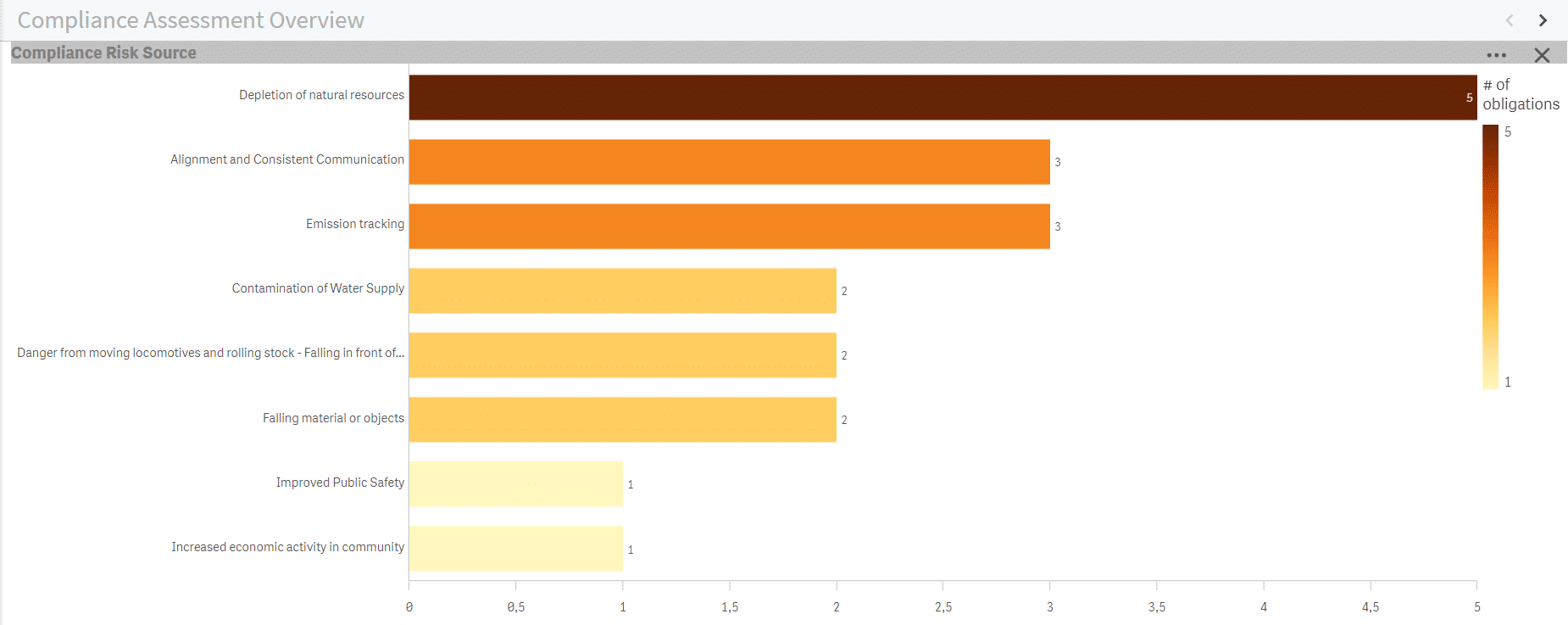
Bring clarity and efficiency to your emissions reporting regardless of the maturity of your processes.

Bring clarity and efficiency to your emissions reporting regardless of the maturity of your processes.
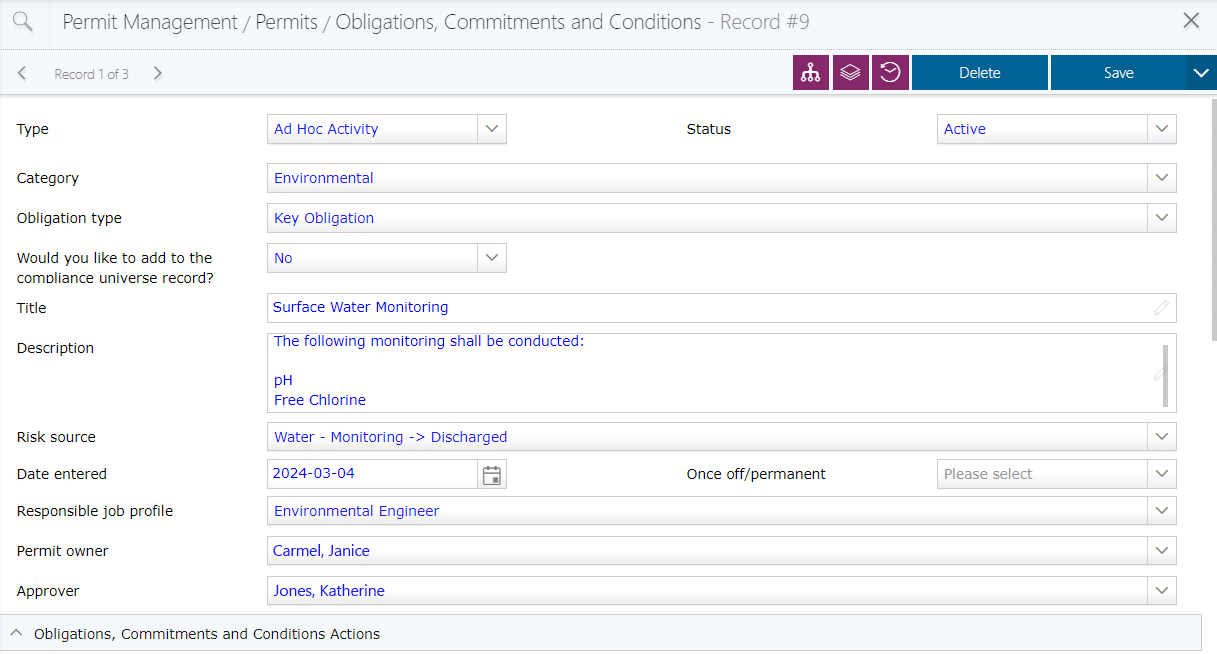
Bring clarity and efficiency to your emissions reporting regardless of the maturity of your processes.
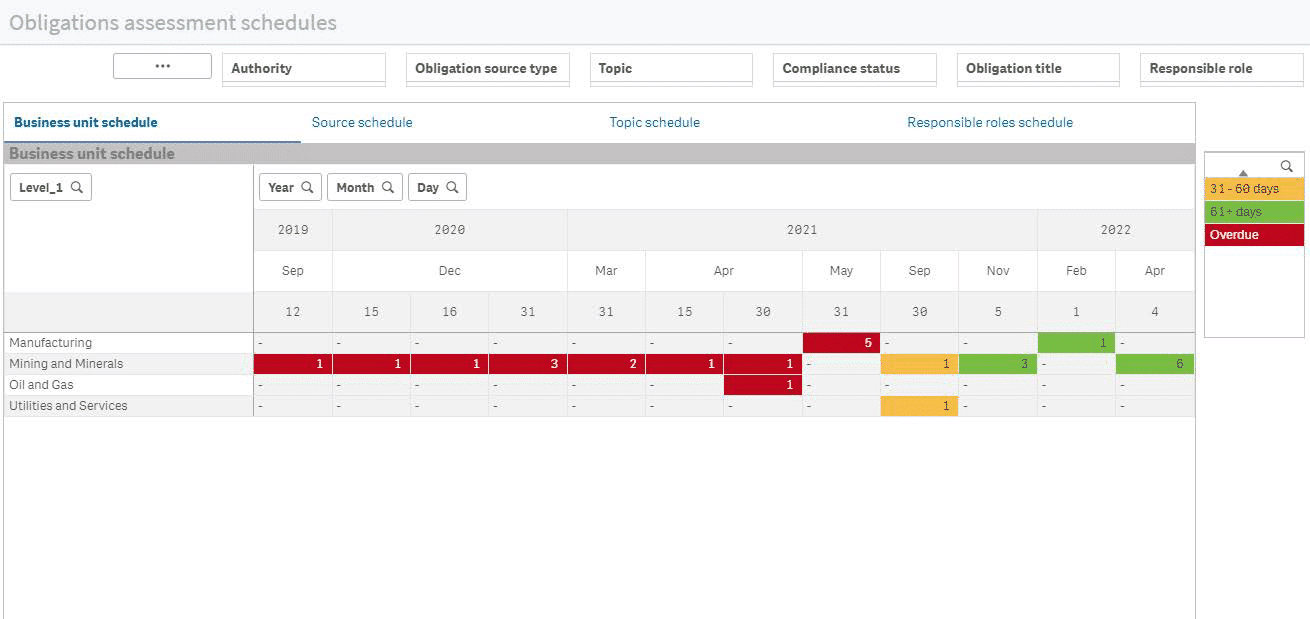
Bring clarity and efficiency to your emissions reporting regardless of the maturity of your processes.
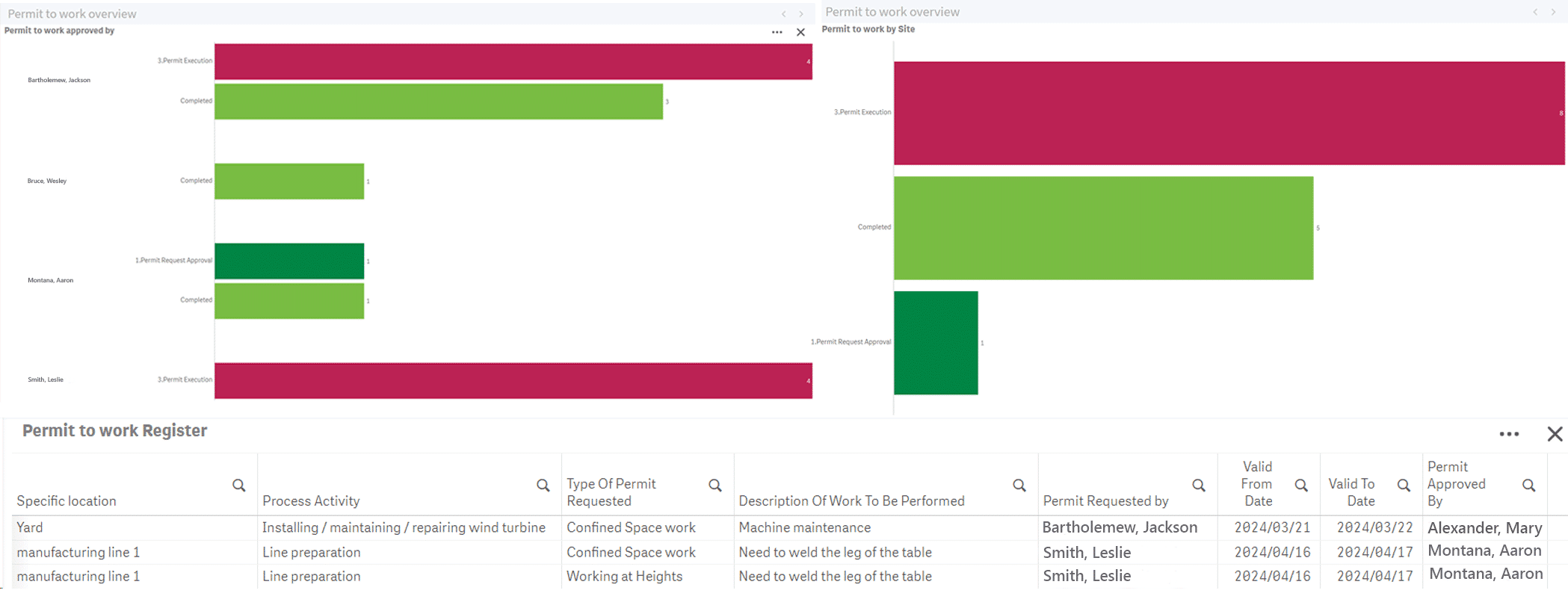
Bring clarity and efficiency to your emissions reporting regardless of the maturity of your processes.
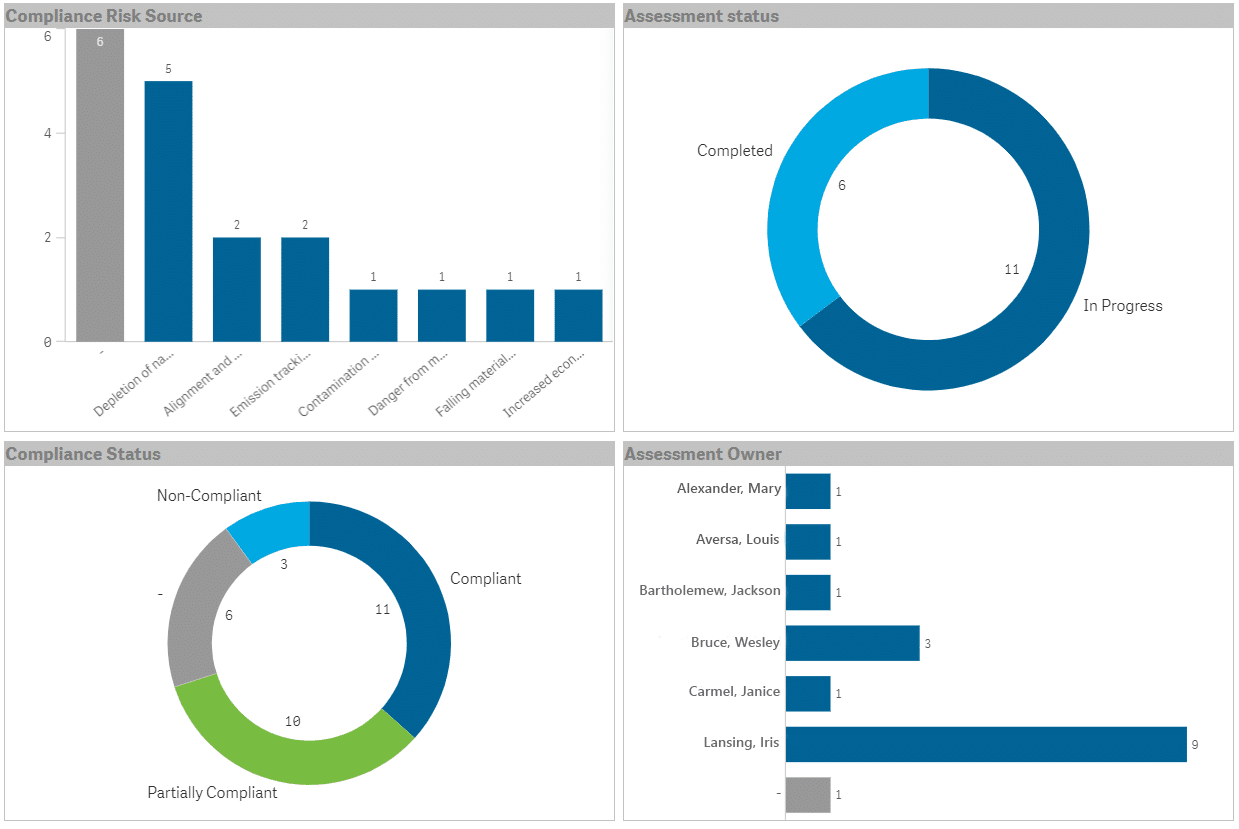
Bring clarity and efficiency to your emissions reporting regardless of the maturity of your processes.

Bring clarity and efficiency to your emissions reporting regardless of the maturity of your processes.
With the IsoMetrix compliance management system, organizations can be confident that they are operating against the legal requirements mandated from various laws, licenses, and permits, ensuring consistent operations, avoidance of fines and shut downs, and reputational and/or social damages.
Frequently Asked Questions
What is permit and compliance management in the mining industry?
Permit and compliance management in mining involves tracking and fulfilling legal obligations related to environmental, health, and safety permits. This includes water licenses, land use permits, emissions reporting, and conditions tied to tailings storage or blasting.
Why is permit management important for oil and gas companies?
Oil and gas companies rely on permits for drilling, flaring, emissions, water use, and land access. Effective management prevents costly non-compliance, project delays, and reputational harm.
What are social and community commitments in energy and resource projects?
These are promises companies make to Indigenous groups, local communities, and governments—such as employment, infrastructure, or cultural protection—often formalized through agreements like IBAs or CDAs.
What types of agreements must mining and energy companies track beyond permits?
Companies must manage Impact Benefit Agreements (IBAs), Community Development Agreements (CDAs), stakeholder MOUs, and corporate social responsibility (CSR) commitments, each with specific obligations.
How does compliance software help with permit and commitment tracking?
Compliance software centralizes data, automates reminders, tracks deadlines, assigns responsibilities, and stores documentation to reduce compliance risk and ensure accountability.
Can software help companies manage Indigenous or First Nation agreements?
Yes, software can track hiring targets, consultation milestones, environmental co-management tasks, and investment commitments outlined in formal agreements.
What is a compliance calendar in environmental management?
A compliance calendar visually tracks upcoming obligations like inspections, reports, permit renewals, or stakeholder meetings—helping ensure nothing is missed.
What are common permits in the energy and mining sectors?
Common permits include water licenses, emissions permits, flaring approvals, blasting permits, land disturbance approvals, and cultural heritage permits.
What happens if a company misses a permit deadline or commitment?
Consequences may include fines, operational shutdowns, legal action, or reputational damage—especially when commitments involve communities or regulators.
How do ESG frameworks relate to permit and commitment management?
ESG reporting standards like GRI, SASB, and CSRD require companies to disclose environmental compliance and stakeholder engagement efforts—supported by structured permit and commitment tracking.
What is an Impact Benefit Agreement (IBA)?
An IBA is a legally binding agreement between a company and an Indigenous community that outlines shared benefits such as employment, environmental protections, and cultural respect.
How do companies ensure compliance with social license commitments?
Through software that breaks commitments into tasks, assigns owners, tracks performance, stores evidence, and generates stakeholder-ready reports.
What features should a permit and commitment management software have?
A strong solution includes an obligation register, compliance calendar, alerts, document management, role-based access, KPI dashboards, and configurable reporting.
How can mining companies track environmental and social obligations together?
Unified platforms let companies manage both types of obligations in one system, giving a complete view of risk, performance, and compliance.
What is a cultural heritage permit, and why is it important?
A cultural heritage permit is required before disturbing land with potential cultural or historical value. It ensures compliance with laws protecting Indigenous and archaeological sites.
